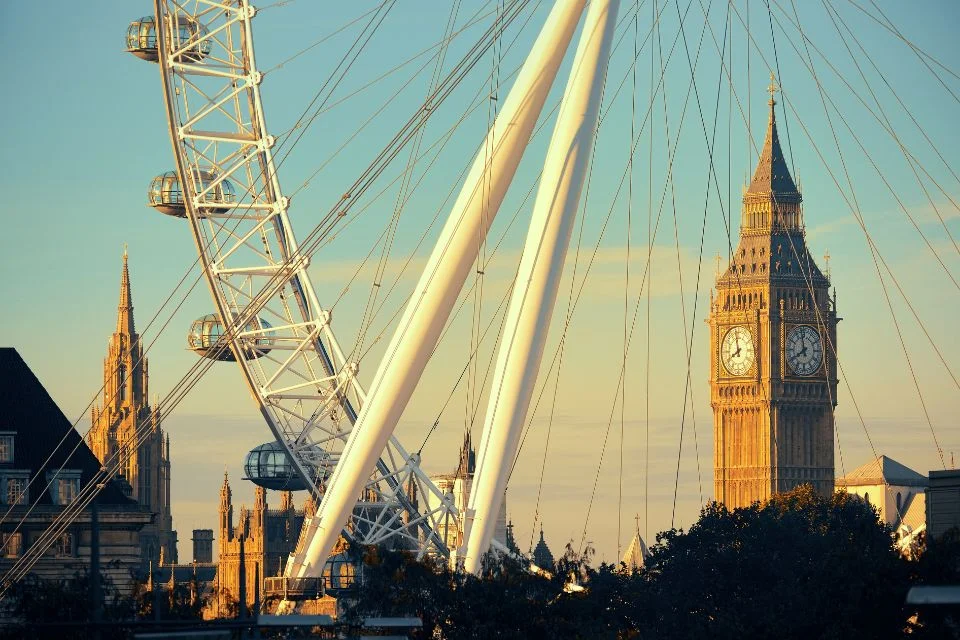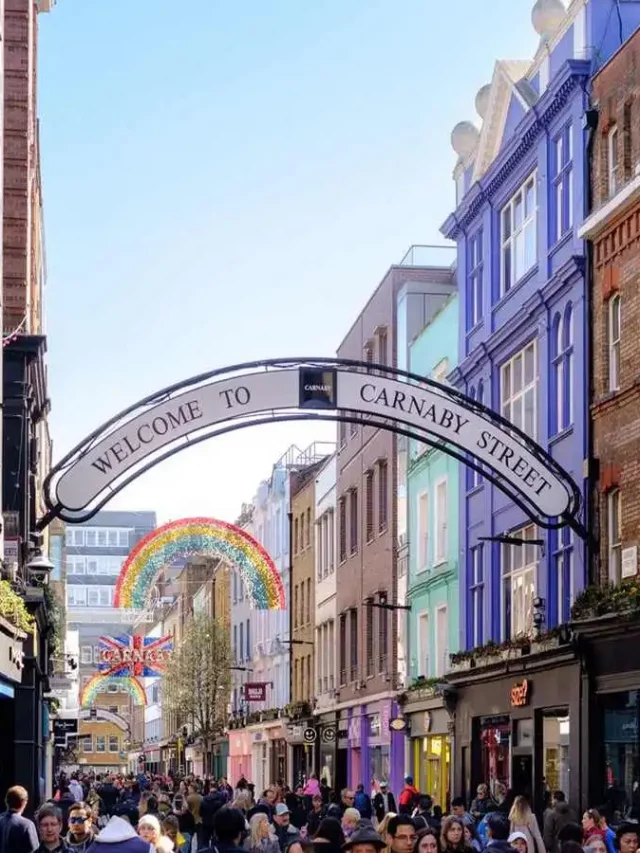Each city has its unique charm and charisma, characterized by numerous factors. The heritage sites a city beholds can majorly contribute to its attractions. While visiting London, you must plan to visit the Tower Bridge Exhibition as we believe it to be a perfect reflection of the city and thus would help you better understand the city. It would be best if you took a stroll along the Thames river as it is London’s lifeline and has brought different people and cultures to the city for centuries.
There are many historical places in London with ancient architecture everywhere. The museums, structures, parks, streets, homes, canals, and rivers all have a uniqueness you will not find anywhere else in the world. It is hard to choose just a few of London’s historical sites to see, but if you tour the top ones, they will give you a taste of this incredible global city.
Best Historical Places in London
1. Westminster Abbey
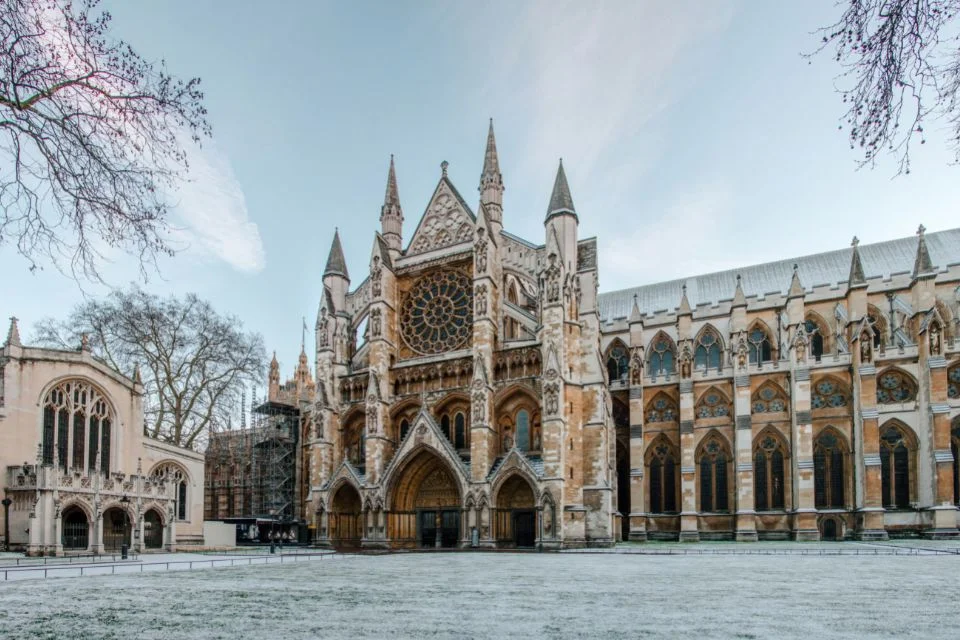
A remarkable architectural and London historical site, Westminster Abbey is where many known figures are buried, and even today, the crowning of kings and queens occurs here.
The highlights include the 13th-century Gothic-style nave and the ornate coronation chair. With lovely gardens surrounding the region, the memorials to literary, political, and religious leaders dot the aisles. There are daily services at the church, which is still a parish. It is the location of Kate and William’s wedding, making it a shrine for individuals who adore monarchy and celebrities. Worshipers are not required to pay entrance. Since Westminster Abbey, the site of coronations and royal weddings, is the center of power in Britain and is located only across the street from parliament, it is a recommended historic site.
2. Southwark Cathedral
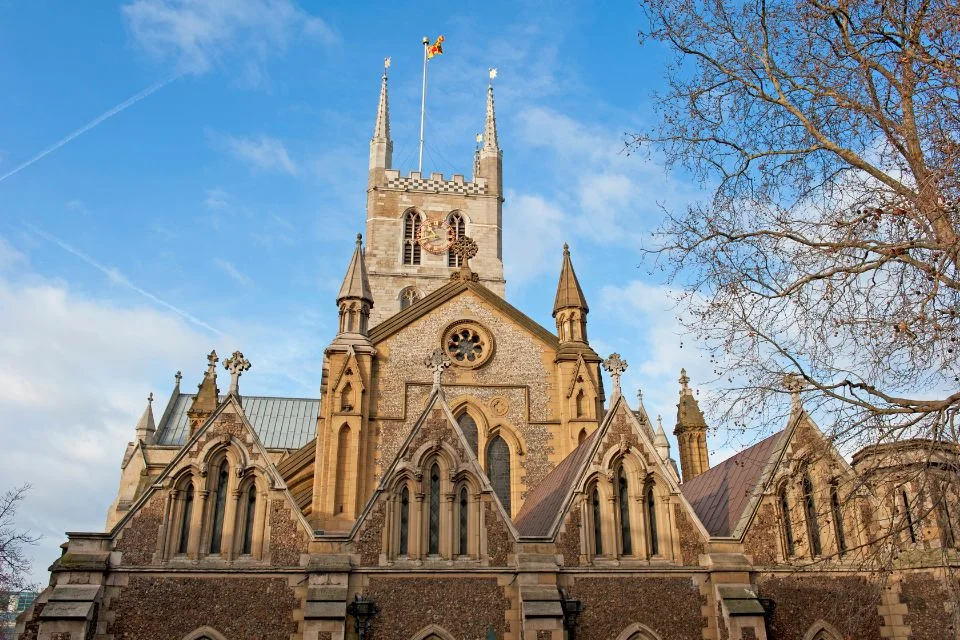
It was built in the 15th century on the site of a Roman house that had already stood there and is one of the most attractive historical places in London. In actuality, there has been a church for many centuries. Chaucer, Shakespeare, James I of Scotland, and John Harvard, the founder of Harvard University, all attended Southwark during its lengthy existence. The church underwent a comprehensive restoration in the 20th century and is still a parish in use today. This church looks lovely when candles light the entire Cathedral for midnight mass and the carol service. Visitors can watch displays tracing the history of the church. It’s fantastic to combine it with a walk along the waterfront to view many of London’s historical connections to the docks and the sea.
The connection between London’s history, religion, power, and the individuals who helped to make the city and the world great are visible at Southwark Cathedral. You can combine a trip here with a stop for food and drink at the nearby excellent Borough Market and a stroll along the South Bank to appreciate London’s longstanding ties to the river, history, and the rest of the globe.
3. Trafalgar Square
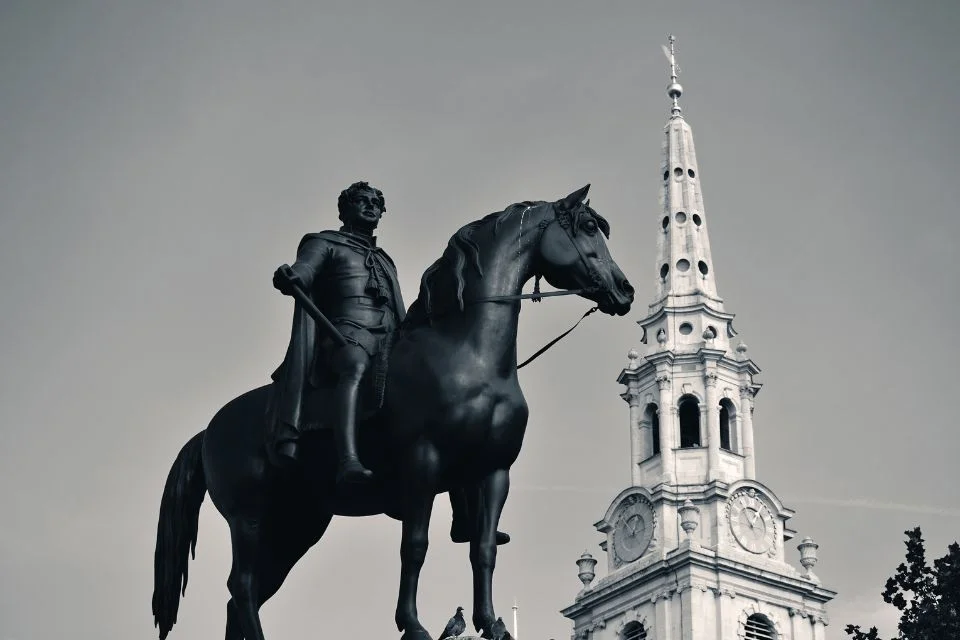
TRAFALGAR SQUARE is one of the largest historical places in London, and the most well-known square, which honors the British victory over the French in a conflict off the coast of Spain. Under Lord Horatio Nelson’s command, British troops reduced Napoleon I’s military might and prevented a potential French invasion of England. Nelson’s statue currently sits on a memorial column in the square. Trafalgar also holds annual gatherings, including New Year’s Eve festivities, marches, and other public events. Further, the fountains and convenient access to the National Gallery enhance the square’s charm. While visiting there, remember that you should not feed the large pigeon population.
4. Albert Memorial
ALBERT MEMORIAL hosted the Great Exhibition organized in 1851 by Prince Albert, the husband of Queen Victoria, to showcase international innovation. Due to its success, he came up with the idea of a permanent fix. This lavish monument was created in his honor by the distraught queen. The Gothic-styled, medieval-inspired building was made by George Gilbert Scott and featured allegorical representations of Asia, Europe, America, and Africa.
5. Big Ben
This clock tower stands above the Houses of Parliament, the former location of the Palace of Westminster, and is considered London’s most recognizable landmark. Although it has been referred to as “Big Ben” for a long time, the name is after the tower’s big bell, which weighs more than 13 tonnes. It is 320 feet tall, and its four clock faces are 23 feet in diameter. Whatever name you call it, the tower is the House of Parliament’s remarkable signature point, especially when the sun casts the entire building in a golden cast and also a Historical Places in London.
6. Tower Bridge Exhibition
This famous bridge has a display that details its unique past and contribution to the growth of London. The bridge initially opened in 1894, and it is well-known around the globe for its Gothic design and pale blue lines. The museum’s animatronics and interactive exhibits, filled with breathtaking views of the Thames, transport you through the years.
7. The Brunel Museum
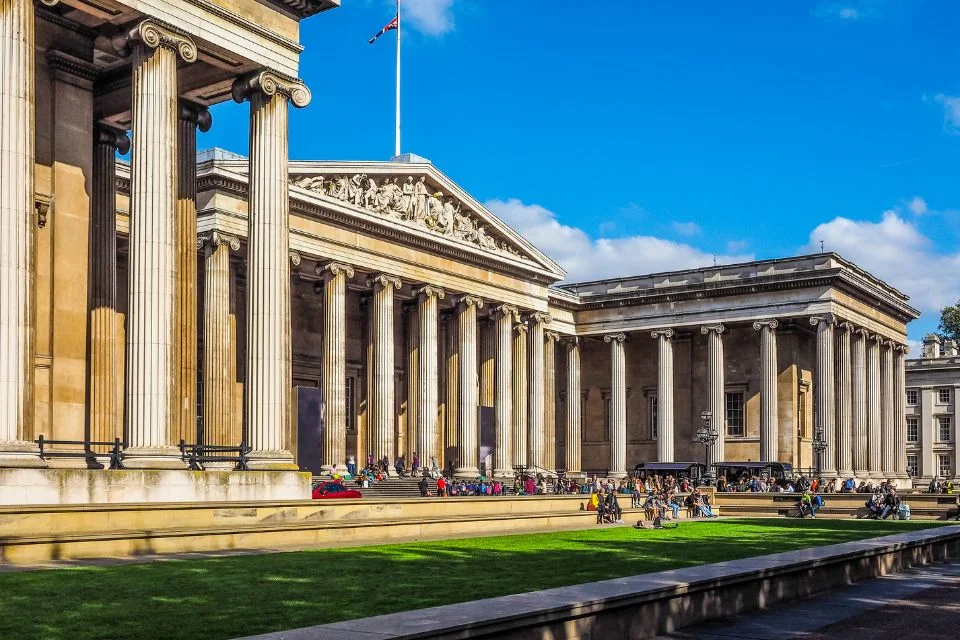
The Brunel Museum, located over the Thames Tunnel, was built by Brunel as a remarkable engineering feat and is a fantastic historical places in London. It is part of the oldest metro system in the world. If you book a guided tour, you can descend into the shaft that used to serve the tunnel and enjoy an actor guide that recreates the problems Brunel and his workers faced more than 185 years ago when they started construction. A visit to the museum explains how he built the tunnel, which took 18 years and cost many lives.
8. Churchill War Rooms And Museum
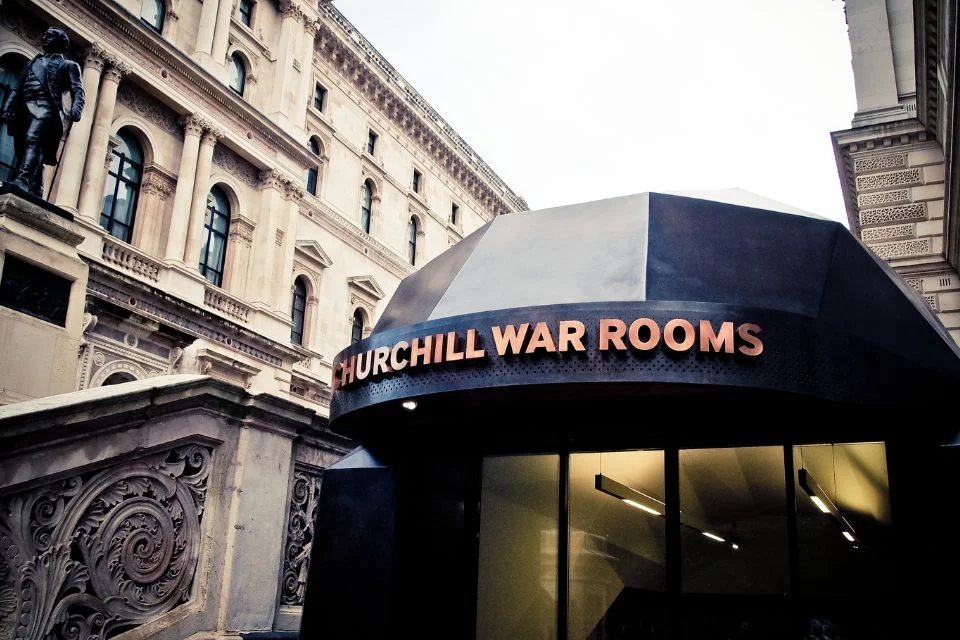
CHURCHILL WAR ROOMS AND MUSEUM has underground tunnels demonstrating British efforts to counter German bombs and hostilities during WWII. It provides a view of a city under siege and is a historical place in London. Winston Churchill, the country’s first minister, oversaw communications and resisted Nazi attacks from this place. The furnishings, equipment, and room layout are nearly identical to how they were after the war’s conclusion.
9. Baker Street
BAKER STREET, located at the center of the Marylebone neighborhood, is one of the historical places in London. You may take tours of some significant locations from Sherlock Holmes’ case history and the novels as the street is arguably most well-known for its connection to Arthur Conan Doyle’s fictional investigator, Sherlock Holmes. There is a museum and store with loads of Sherlock Holmes stuff on the street.
10. Charles Dickens Museum
The last existing mansion of Charles Dickens, this lovely property has much to offer to the fans of English literature. Simon Callow, a well-known British actor, claimed that “Dicken’s presence is remarkably strong here” because of the restoration of much of the house to its original appearance. He should know better as he is one of the few fortunate ones who visit frequently and had to channel the author when bringing his characters to life on stage or screen in his work.
Conclusion
In London, there are a lot of historical locations with old buildings all over. There is nothing like it in the world, including museums, buildings, parks, streets, houses, canals, and rivers. The article enlisted various historical places in London that are worth visiting. For more information visit the official website of Trailfollow.

